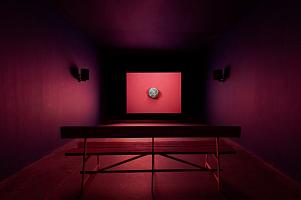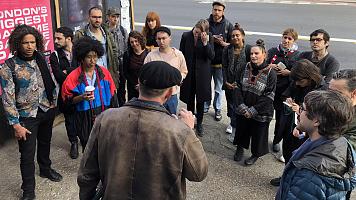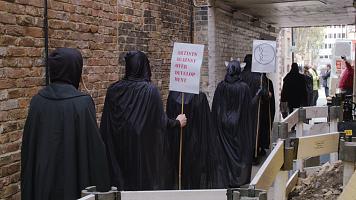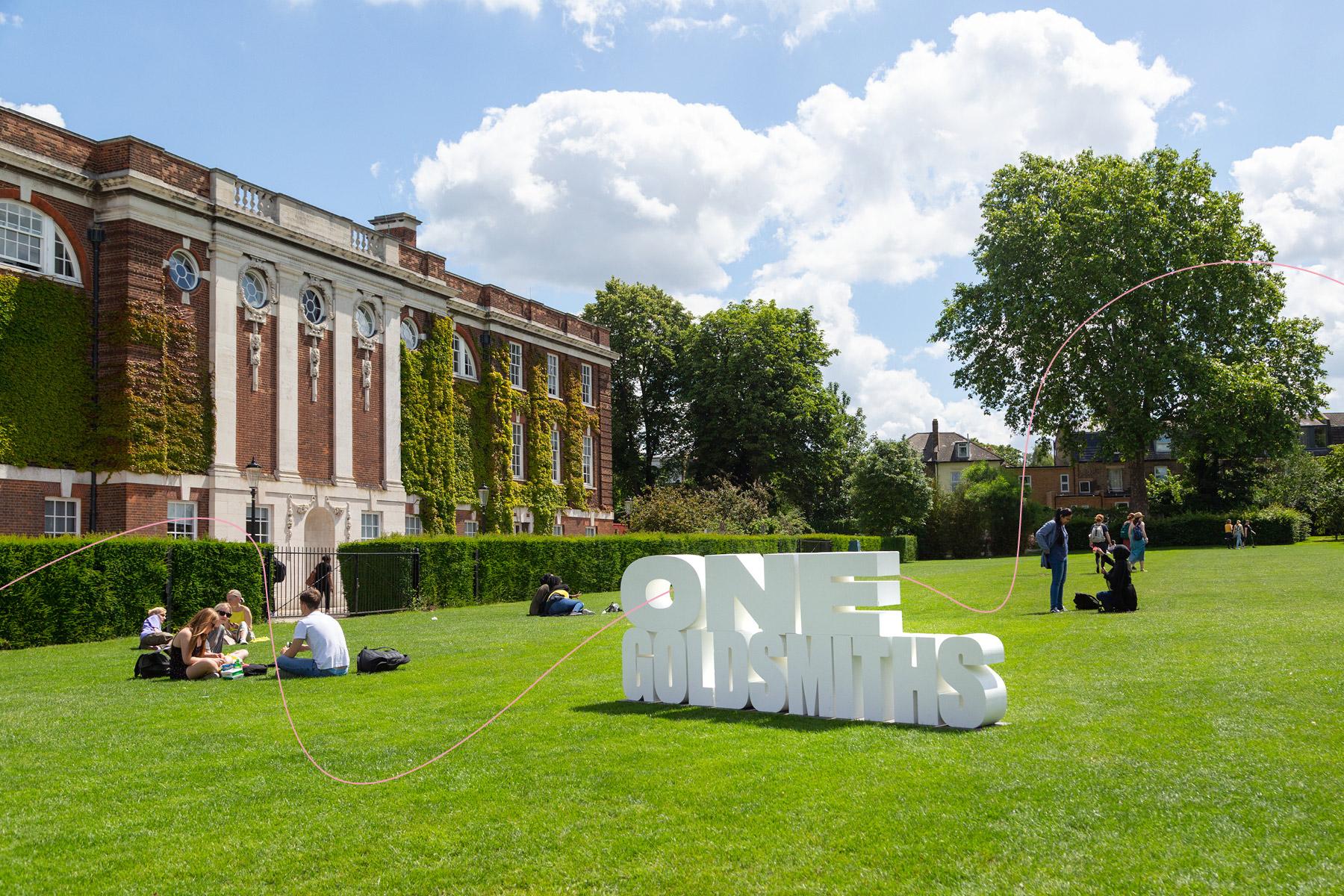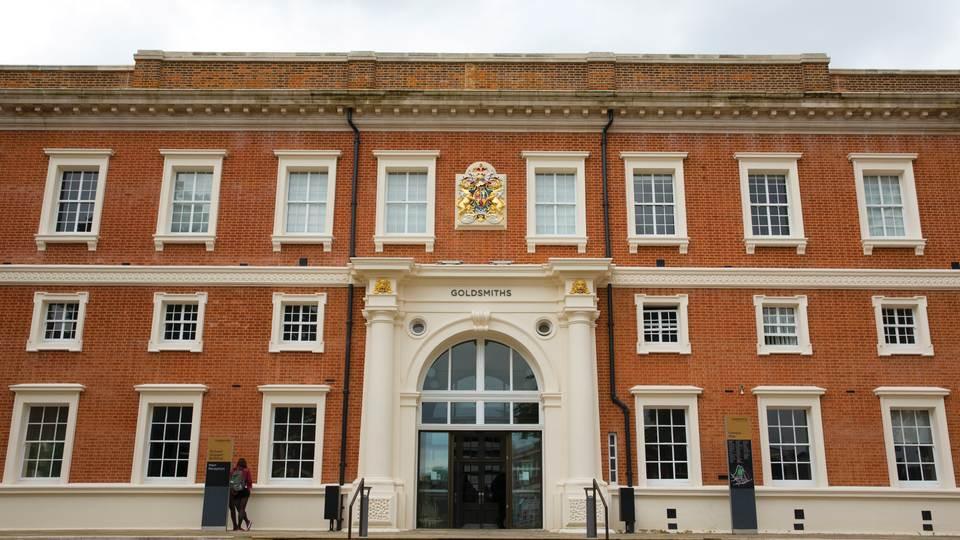Workshop tutors include:
Laura Cuch
Laura Cuch is a documentary and fine art photographer. She completed an MA in Photography and Urban Cultures at Goldsmiths, University of London in 2006 and currently teaches on the Goldsmiths based International Urban Photography Summer School (iUPSS) and on the MA PUC combined with being a visiting researcher in the Anthropology department at Goldsmiths. She has exhibited internationally at Descubrimientos - PhotoEspaña 09, Centro Cultural Blanquerna, Arts Santa Mònica, H2O Gallery, Sala d’Art Jove, Talent Latent/Scan09, Espai Cavallers 31-33 and Emergent09, and has also taken part in group shows in London at the Rich Mix Centre, Photofusion, The Viewfinder Gallery and City University. Her work has been published in Le Monde, Barcelona Metròpolis, El Súmmum, Street Signs and London Independent Photography. www.lauracuch.com
Simon Rowe
Simon Rowe is a visual artist, researcher and photography tutor working mainly with photography and video. He is also a partner in CACAO, an evolving collective of creative artists, social researchers, and educators. Simon holds an MA in Photography and Urban Cultures from Goldsmiths (2007) and is Associate Research Fellow at the Centre for Urban and Community Research. Simon currently holds a part-time position at Goldsmiths as a Visiting Tutor in the Department of Sociology on the MA in Photography and Urban Cultures. Simon’s work has been exhibited in venues in London including Limelight Gallery, International Planned Parenthood Foundation, Stark Gallery, Photofusion, and also at Gallery Hunchentoot, Berlin. From Dec – March 2011 he exhibited a selection of images from his photographic project entitled Wandering Still at the CUCR offices in Laurie Grove, New Cross London.
Britt Hatzius
Britt Hatzius is a visual artist whose practice encompasses photography, film, video and sound. She originally trained as an artist at Chelsea College of Art and Goldsmiths where she completed her MA in Photography and Urban Cultures. Britt teaches on the MA PUC course and PhD in Visual Sociology. She has extensive experience of working with urban ethnographers and researchers, is part of Studio INCITE, and has coordinated various visual research aspects of numerous international projects based at Goldsmiths. She is the former editor of London Independent Photography (LIP) magazine and currently edits the CUCR’s journal Street Signs. www.britthatzius.co.uk
Peter Coles
Peter Coles is a fine-art photographer, translator and editor and has been a Visiting Fellow in the [Centre for] Urban and Community Research at Goldsmiths since 2007. After completing a doctorate in psychology at Wolfson College Oxford, Peter worked for 20 years as a journalist and photographer, based in Paris, publishing in international journals and magazines. As a staff editor and photographer at UNESCO, he travelled widely, specializing in urban ecology, indigenous peoples and small islands. During his years in Paris, he completed a major body of photographs, 'Paris Traces', on abandoned objects, which has been exhibited in Paris, London, Rome, and New York. Since returning to London in 2006 his interests have focused on the urban biosphere. In 2016, he collaborated with the Conservation Foundation to set up Morus Londinium (supported by the Heritage Lottery Fund) to research, preserve and raise awareness of the cultural heritage of London’s historic mulberry trees, winning a European Heritage / Europa Nostra Award in 2021. His book, 'Mulberry', is published by Reaktion Books (2019).


